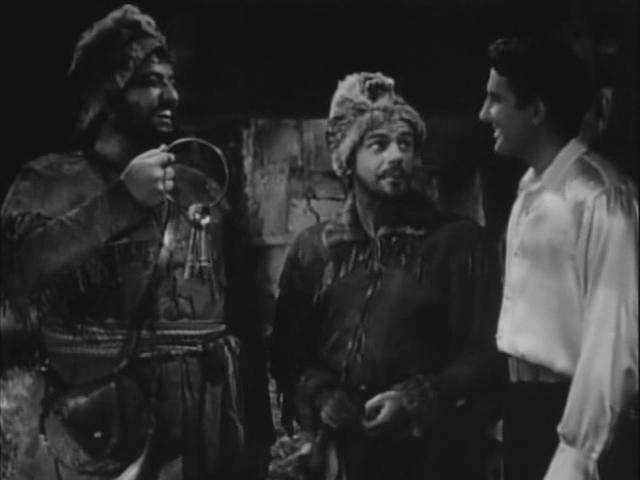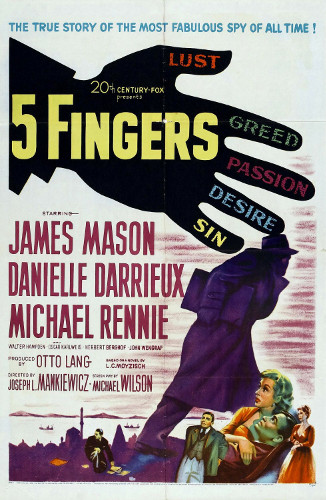Director: Henry King
Writer: Lamar Trotti
Stars: Alexander Knox, Charles Coburn, Geraldine Fitzgerald, Thomas Mitchell, Ruth Nelson, Sir Cedric Hardwicke, Vincent Price, William Eythe and Mary Anderson
 |
Index: The First Thirty.
Henry King was an important filmmaker, a man who directed his first Hollywood picture as far back as 1915, co-founded the Academy of Motion Picture Arts and Sciences and even landed the inaugural Golden Globe for the Best Director. That was for The Song of Bernadette, the first of two Henry King films to feature in Vincent Price’s First Thirty. I enjoyed that one greatly and its running time of over two and a half hours felt a lot shorter indeed.
Here we are again with King’s next film and Price’s next but one, a pet project for Darryl F. Zanuck, the head of 20th Century Fox. It was a critical success, nominated for ten Oscars and winning five, including for its screenplay. The public, however, stayed away in droves and it went down as King’s first notable flop.
And, quite frankly, that’s fair. It lasts three hours long and feels like twelve. It’s a biopic of such mind-numbing proportions that it makes Brigham Young, an earlier Vincent Price biopic, seem like a frolic in the park.
That’s because it isn’t merely a biopic, it’s a political biopic, of a politician who never even wanted to be a politician, being as happy as a clam as the president of Princeton University, writing about government in his spare time.
However, he was talked into running for the governorship of New Jersey and won, against the odds, and kept on winning until he became the 28th president of the United States.
 |






























